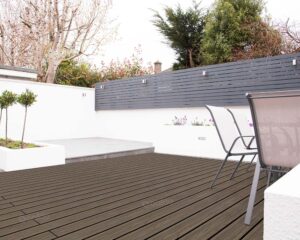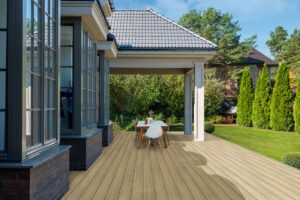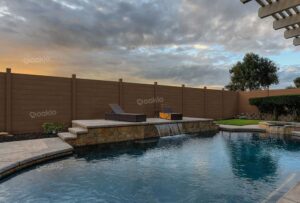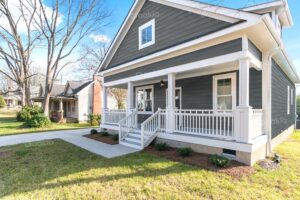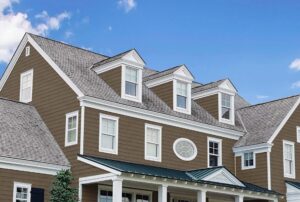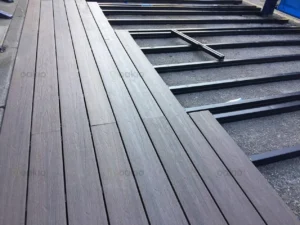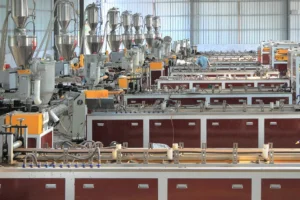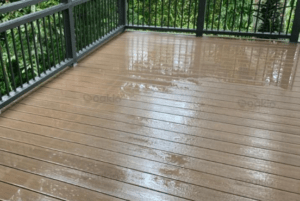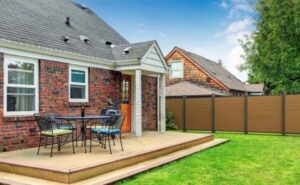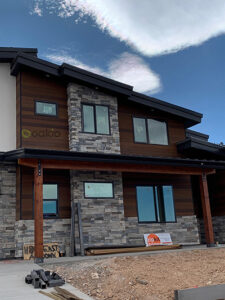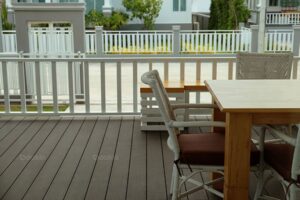The Rise of Multi-Functional WPC Flower Boxes in Urban Landscaping
In recent years, WPC flower boxes have become a common sight in urban landscaping, particularly in municipal road greening projects. Their colorful, versatile, and artistic designs enhance the aesthetic appeal of city streets while also contributing to sustainable urban development.
Unlike traditional wooden or plastic planters, multi-functional planters made from wood-plastic composite (WPC) offer a blend of natural beauty and modern innovation. Their ability to integrate cultural elements, eco-friendly materials, and practical features makes them an essential component of modern cityscapes.
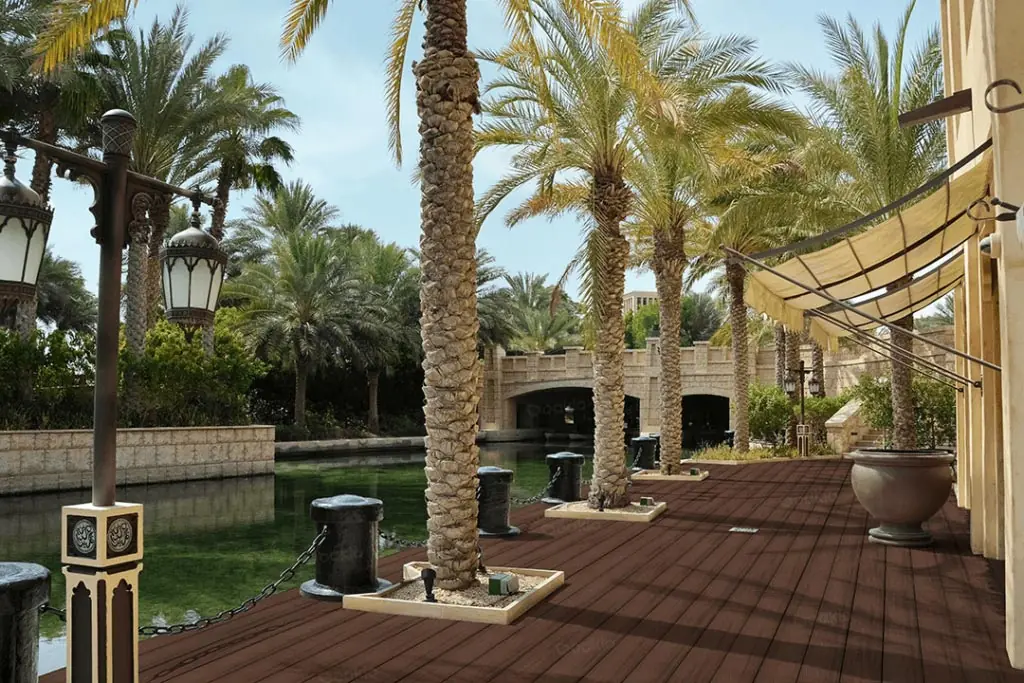
The Evolution of WPC Flower Box Designs
Aesthetic and Cultural Integration
WPC flower boxes are no longer limited to standard rectangular planters. Instead, they now come in a variety of design styles, reflecting different cultural themes.
- Traditional Chinese elements: Ornate carvings and classic motifs blend seamlessly with traditional architecture and garden aesthetics.
- Minimalist urban designs: Simple, geometric shapes complement modern cityscapes and contemporary architecture.
- Nature-inspired forms: Organic curves and earthy tones help integrate planters into parks and green spaces, creating a more harmonious environment.
By merging local cultural elements with functional landscaping, WPC flower boxes enhance the visual appeal and emotional connection between urban residents and their surroundings.
Expanding Functional Uses
The functionality of multi-purpose WPC planters has greatly expanded beyond their traditional use. They now serve as decorative features, space dividers, and even urban furniture. Some of the most popular innovations include:
- Hanging flower boxes – Ideal for balconies, bridges, and railings, maximizing vertical greenery.
- Barrier-style planters – Used for road dividers and pedestrian walkways, improving traffic flow and safety.
- Stacked modular planters – Multi-layered designs allow for high-density planting, ideal for small urban spaces.
- Movable garden carts – Mobile WPC planters provide flexibility, making it easy to rearrange urban gardens.
- Seating-integrated planters – Combining public seating with built-in flower beds, enhancing green social spaces.
By incorporating practical features, WPC flower boxes optimize space utilization while contributing to a more sustainable and enjoyable urban environment.
WPC: A Smart Choice for Eco-Friendly Landscaping
Superior Durability and Weather Resistance
Compared to natural wood, WPC flower boxes offer:
- Low water absorption – Prevents warping, cracking, and rotting.
- UV and weather resistance – Maintains color and integrity under sunlight, rain, and temperature changes.
- Termite and mold resistance – Ensures a long lifespan in outdoor conditions.
Low Maintenance and Easy Cleaning
Unlike traditional wooden planters that require regular staining or sealing, WPC flower boxes are:
- Stain-resistant – Easily cleaned with water or mild detergent.
- Scratch-resistant – Withstands daily wear and tear in high-traffic areas.
- Non-fading – Maintains aesthetic appeal without repainting.
Sustainability and Environmental Benefits
As cities strive for eco-friendly construction, WPC flower boxes align perfectly with green initiatives:
- Made from recycled materials – Utilizing reclaimed wood fibers and plastics.
- Reduces deforestation – A viable alternative to natural hardwood planters.
- Long-lasting and recyclable – Minimizes waste generation and replacement costs.
With an increasing focus on sustainable urban design, WPC flower boxes are becoming the preferred choice for municipal and residential landscaping.
The Future of WPC Flower Boxes: Market Trends and Innovations
Smart-Enabled Planters
Future urban landscaping projects are expected to integrate smart technologies into WPC planters, such as:
- Self-watering systems – Reduces manual maintenance and promotes water conservation.
- Built-in LED lighting – Enhances nighttime aesthetics and visibility.
- Air purification features – Incorporating eco-friendly filtration materials to improve urban air quality.
Customization and Modular Design
As urban spaces become more dynamic, there is an increasing need for customizable WPC planters that:
- Fit various architectural themes – Adaptable designs for modern, classic, or industrial-style landscapes.
- Allow easy reconfiguration – Modular WPC panel enable quick layout adjustments.
- Support diverse plant varieties – Adjustable depths for shrubs, flowers, and small trees.
Circular Economy and Recycling Initiatives
With the push for sustainable production, manufacturers are exploring:
- 100 percent recyclable WPC materials – Reducing environmental impact and waste.
- Bio-based composite options – Incorporating natural resins and plant-based plastics.
- Waste-to-planter programs – Using urban plastic waste to produce WPC flower boxes.
These trends will further solidify WPC flower boxes as a leading solution in sustainable urban greening efforts.
Conclusion
The rapid growth of WPC flower boxes in urban landscaping reflects a shift toward multi-functional, eco-friendly, and aesthetically appealing solutions. With their durability, low maintenance, and sustainability, they have become a core component of modern city beautification projects.
As the industry continues to innovate, expect to see WPC flower boxes incorporating smart features, modular designs, and recyclable materials, ensuring they remain at the forefront of sustainable outdoor decor.
Enhance your urban landscape with Oakio‘s high-quality WPC flower boxes—designed for beauty, functionality, and sustainability. Contact us today!
Trending Reading
What Are the Differences Between the WPC Board and PVC Board?
[2025 Update] How Long Does WPC Decking Last?
